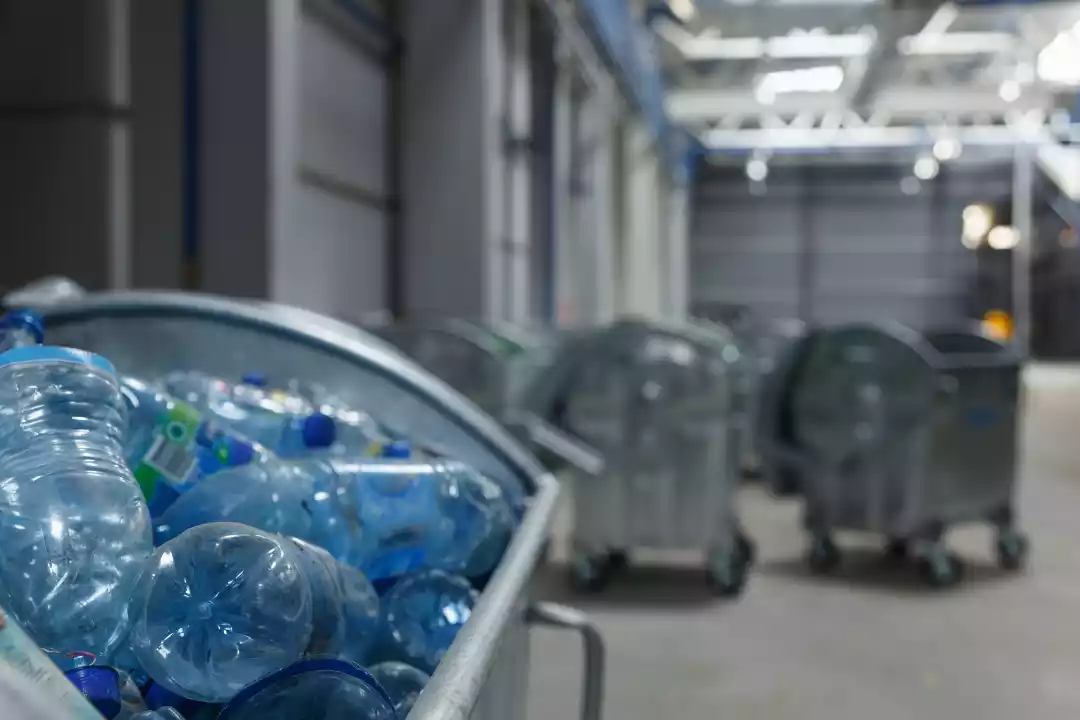Landfills
Waste management is an important process for the environment. As we produce more waste, it’s important to know the different types of waste management in order to properly dispose of and manage the waste materials created. There are four main types of waste management: landfills, recycling, incineration, and composting. Knowing how each of these processes works is key to understanding how to manage waste.
Landfills are the most common type of waste disposal method. This method involves burying the waste in a designated area or filling it in with soil and other materials. This method has been used since ancient times, and while it is effective at keeping waste out of sight, it takes up valuable land, produces methane, and can contaminate groundwater. Furthermore, landfills have limited capacity and are often not equipped to handle hazardous wastes.
Recycling
Recycling is another popular form of waste management. This involves separating materials such as plastic, paper, glass, and metal into recyclable categories and then sending them off for repurposing. Recycling helps conserve natural resources, as it requires fewer resources to reuse than to create something new. Additionally, some recyclables have the potential to be sold to generate revenue. However, recycling is not without its drawbacks. It can be difficult to properly separate materials, which may lead to contamination in recycled materials. Additionally, some materials are not recyclable, making them problematic to deal with.

Need assistance finding hazardous waste removal & collection near you?
Get a QuoteIncineration
Incineration is a type of waste management that involves burning the waste to reduce its volume. This method is effective in reducing the amount of physical space required to store waste, and it also generates heat, which may be used to generate electricity. The downside to this process is that it produces air pollution, and it may also release dangerous pollutants into the atmosphere. For this reason, incineration is heavily regulated and is only used under certain conditions.
Composting
Composting is a process that uses microbes to break down organic matter such as food, paper, and yard waste. This results in a soil-like material that can be used to fertilise plants or enhance soil quality. Composting is beneficial because it reduces the amount of waste going to landfills and it can be used to create nutrient-rich soil. The downside is that composting takes a large amount of time and can be labour-intensive.
Hazardous Waste Management
Hazardous waste management involves dealing with hazardous chemicals and substances that must be disposed of in a specific manner. This includes materials such as paint, solvents, medical waste, and electrical equipment. Hazardous waste must be handled carefully in order to minimise negative environmental impacts. Common hazardous waste disposal methods include incineration, landfilling, and chemical treatments. For more dangerous waste, such as nuclear waste, special attention must be paid to ensure safe, long-term storage.
In conclusion, there are many different types of waste management, each with its own advantages and disadvantages. Knowing the different methods of waste management is important for understanding how to properly dispose of and manage waste.
In this article:
